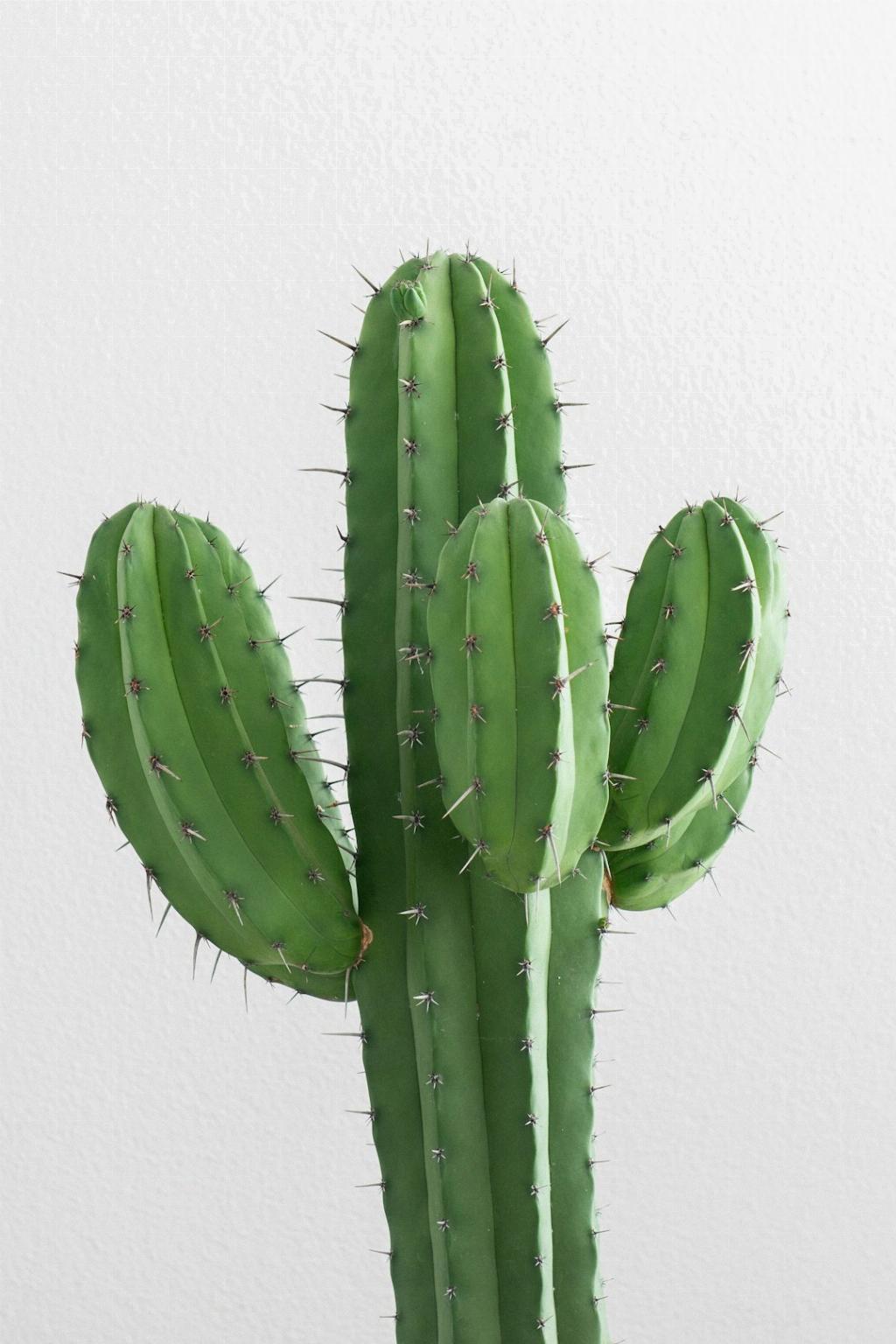So, you found yourself in a prickly situation with tiny cactus needles embedded in your skin. It’s a common issue when dealing with cacti, but fear not, as there are several methods you can try to safely and effectively remove those pesky needles. Let’s explore some practical ways to deal with tiny cactus needles and get you back to feeling comfortable.
1. Use Tweezers or Forceps
One of the most straightforward ways to remove tiny cactus needles is by using tweezers or forceps. Simply grasp the needles as close to the skin as possible and pull them out gently but firmly. This method allows for precise removal of individual needles, minimizing the risk of breaking them off.
2. Duct Tape Method
If you are dealing with tiny hair-like spines, known as “glochids,” a handy trick is to use duct tape. Cover the affected area with a strip of duct tape and press it down firmly. Then, quickly pull the tape off in one swift motion. The sticky surface of the tape can help lift the glochids out of your skin.
3. Adhesive Gel or Paste
Another option is to apply an adhesive gel or paste to the area where the cactus needles are embedded. Allow the product to dry and form a sticky layer, then gently peel it off, lifting the needles along with it. This method can be especially useful for removing multiple tiny needles at once.
4. Warm Water Soak
If the cactus needles are causing irritation or discomfort, you can try soaking the affected area in warm water. The heat can help soften the skin and relax the muscles, making it easier to remove the needles with less pain and effort.
5. Baking Soda Paste
Creating a paste with baking soda and water can also aid in removing tiny cactus needles. Apply the paste to the affected area and let it sit for a few minutes. The mild abrasive properties of baking soda can help loosen the needles, making them easier to extract.
6. Medical Tape
Medical tape, such as Micropore or similar gentle adhesive tape, can be used to remove cactus needles as well. Press a piece of medical tape over the area and then swiftly peel it off. The adhesive surface of the tape can catch and lift the tiny needles from your skin.
7. Pumice Stone
In cases where the cactus needles are deeply embedded in the skin, a pumice stone can be a helpful tool. Gently rub the affected area with the pumice stone in a circular motion to exfoliate the skin and help push out the needles. Rinse the area thoroughly after using the pumice stone.
8. Apple Cider Vinegar Soak
Soaking the affected area in a solution of warm water and apple cider vinegar can also assist in removing tiny cactus needles. The acidic nature of vinegar can help weaken the attachment of the needles to the skin, making them easier to extract.
9. Cold Compress
If the area with cactus needles is swollen or inflamed, applying a cold compress can help reduce pain and inflammation. Gently press a cold pack or a cloth soaked in cold water against the skin to alleviate discomfort and make needle removal more comfortable.
10. Calamine Lotion
After removing the cactus needles, you can apply calamine lotion to the affected area to soothe any irritation or itching. Calamine lotion has cooling properties that can provide relief and promote healing of the skin.
11. Seek Medical Attention
If you encounter difficulty in removing the cactus needles or experience persistent pain and inflammation, it’s advisable to seek medical attention. A healthcare professional can assist in safely extracting the needles and treating any complications that may arise.
12. Prevention Tips
To avoid encountering tiny cactus needles in the future, wear protective clothing, such as gloves and long sleeves, when handling cacti. Exercise caution when working around cactus plants and be mindful of their spines to prevent accidental contact with your skin.

